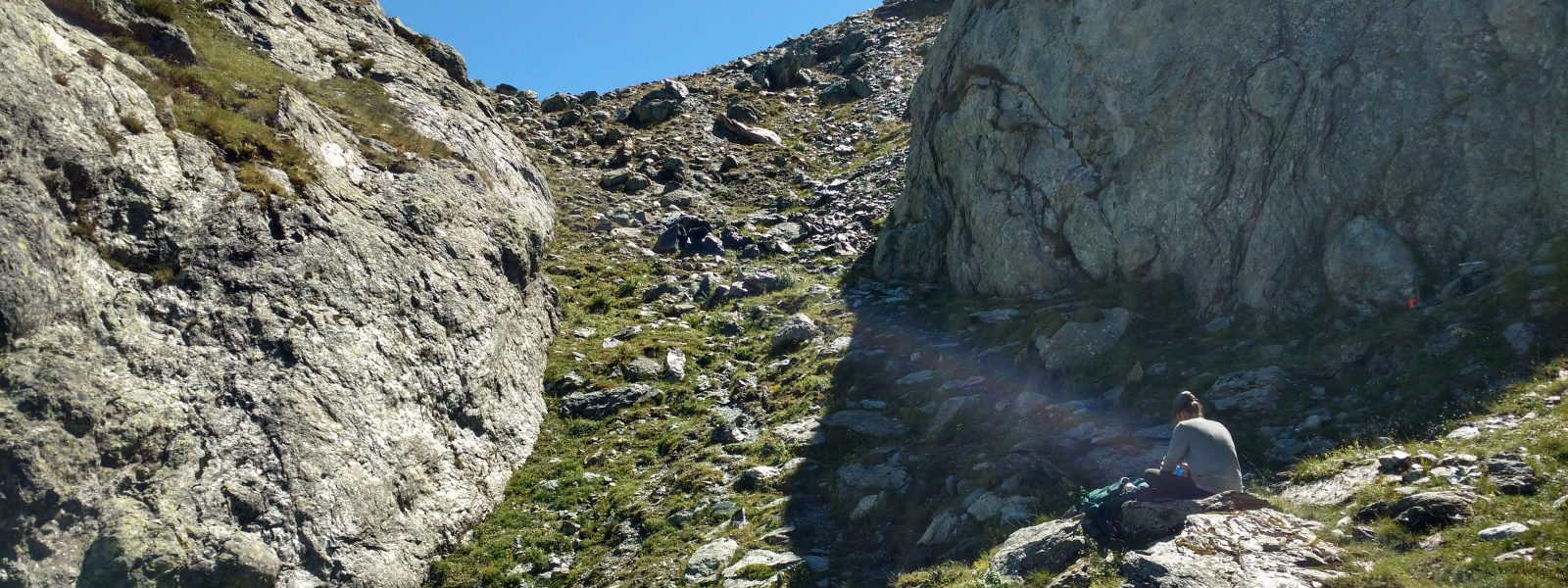Schistes Lustrés – Cottian Alps Transect
44.998N 6.883E
A former accretionary wedge, the Schistes Lustrés high-pressure (HP) unit in the Western Alps is composed of calcschists and metapelites subducted to blueschist facies conditions. Other lithologies entrained locally in the metasediments include serpentinites and, less often, metabasalts. Pressure and temperature conditions within the Schistes Lustrés vary from E-W and can show subtle, but distinct evidence for pressure jumps between individual subunits, which are interpreted to have been juxtaposed during subduction. The northern part of the Schistes Lustrés is overlain by the Dent Blanche unit. On the western side of the Dent Blanche, temperatures in the Schistes Lustrés decrease to the west from structurally deeper units in the east. In the southern section of the Western Alps, where the Schistes Lustrés borders the Monviso meta-ophiolite to the west, individual subunits grade continuously in temperature (350 – 500ºC), with the deepest, and hottest, units exposed in the west. A distinct jump in pressure of ~5 kbar between the Lower Unit and Median Unit likely indicates a post-peak pressure pairing of these two subunits. The whole unit was exhumed at 35 – 40 Ma based on Rb/Sr and Ar/Ar dating and reached peak pressure between 55 – 45 Ma, although the HP event is difficult to discern due to a widespread greenschist-facies overprint.
The Schistes Lustrés also represents an important locale as a key to quantifying the subduction component of the global carbon cycle. Stable isotope (δ18Ο and δ13C) data suggest externally derived H2O-rich fluids percolated into the unit. However, on average, the Schistes Lustrés experienced only minor decarbonation.

